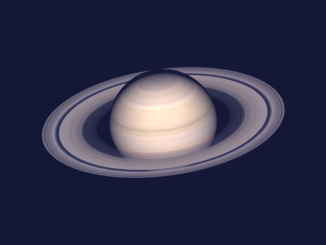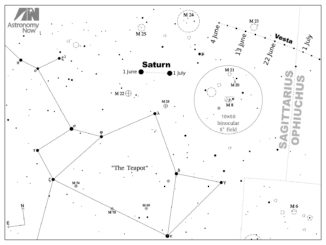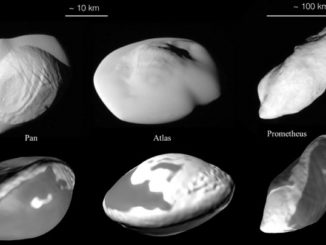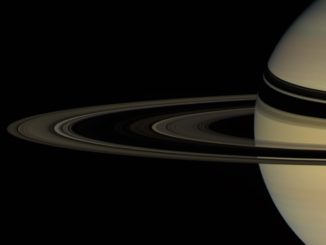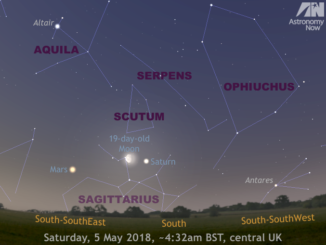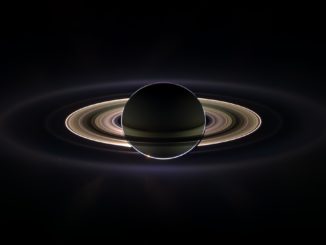
See the Moon join a midnight planetary parade from 21–28 July
If clear skies persist, observers in the UK can view four naked-eye planets between now and the end of the month. Brightest planet Venus is visible low in the west some 45 minutes after sunset, while the waxing Moon is your celestial pointer to Jupiter, Saturn and Mars between 21 and 28 July at midnight.


